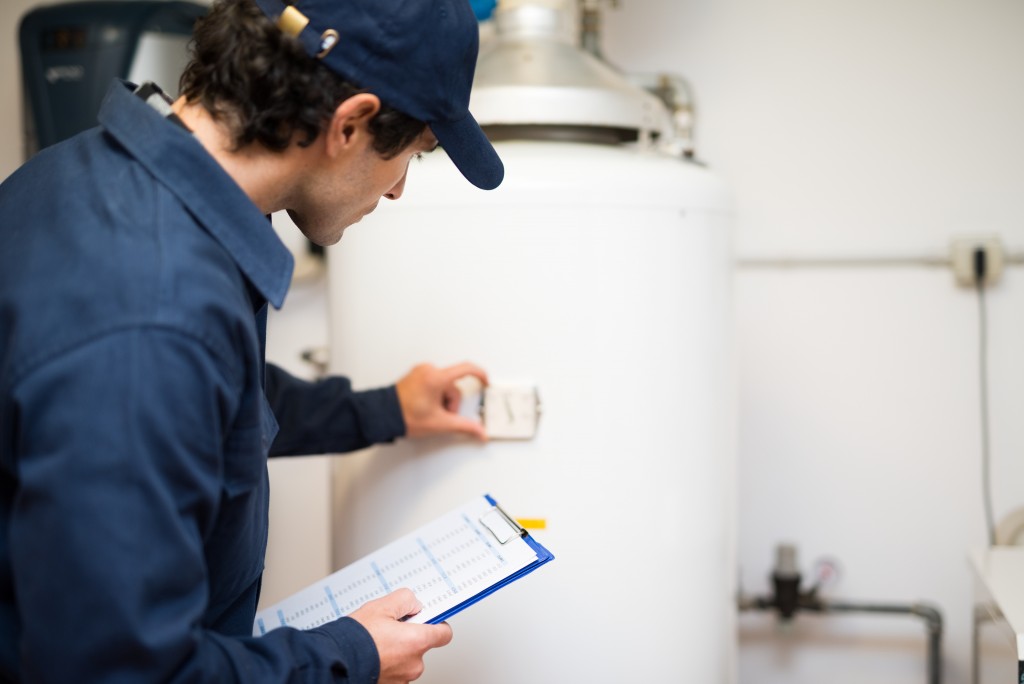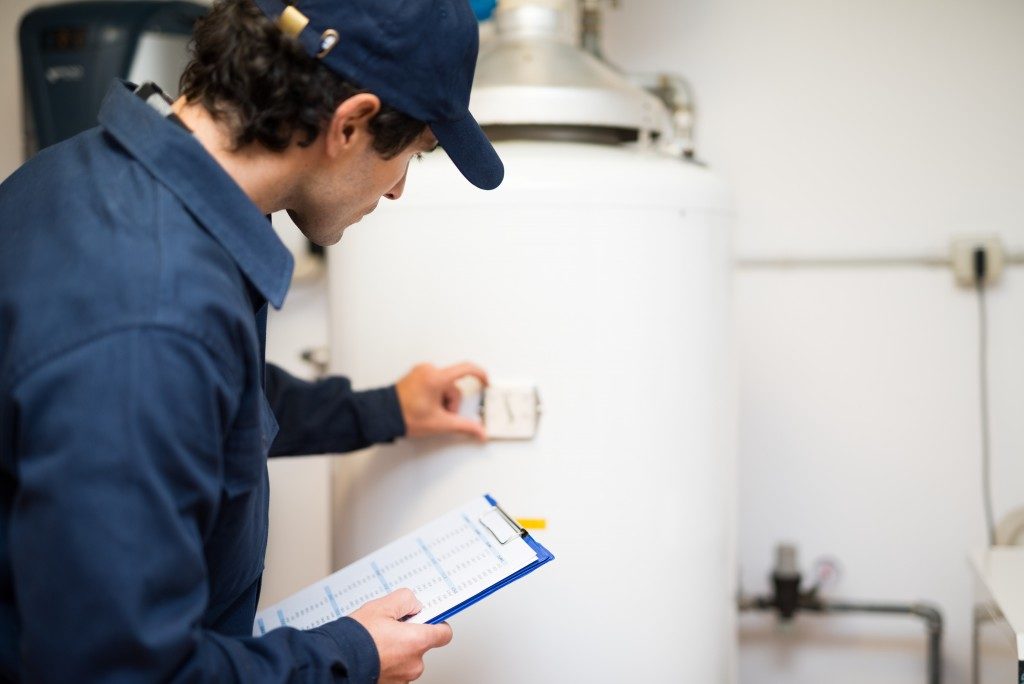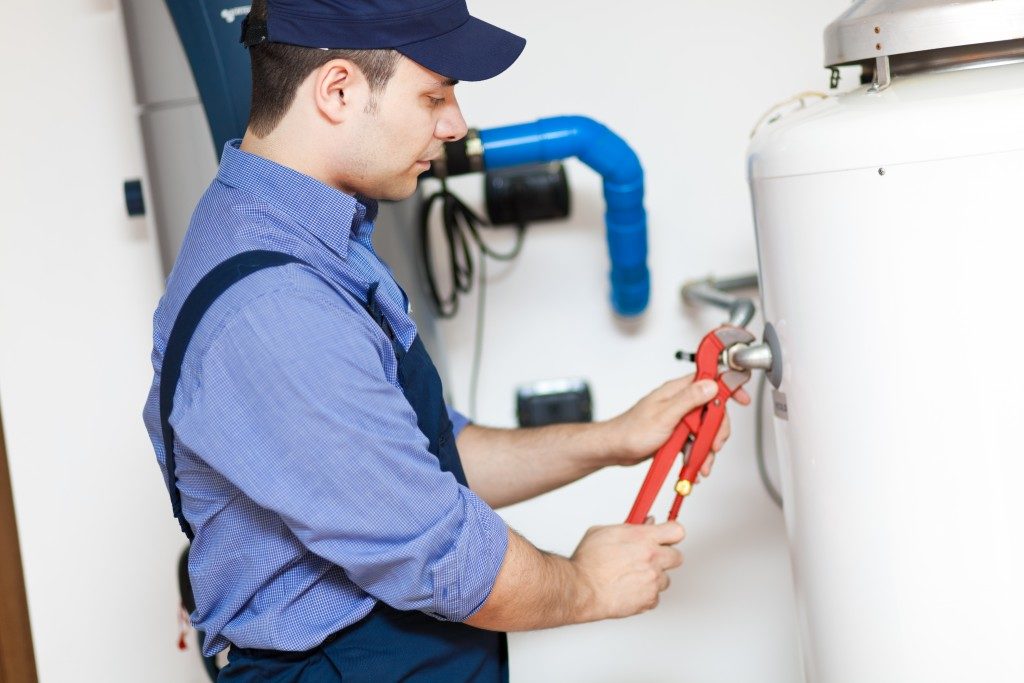Water Heater Basics: Signs of a Failing Temperature and Pressure Relief Valve


Many components make up your water heater. While some might not affect the heater’s operation much when failed, the temperature and pressure valve will significantly affect its operation.
This valve is a safety feature which releases excess pressure and temperature from your water heater’s tank when the temperature exceeds 2100F, or the pressure exceeds 150psi. The valve is a half-inch long flat lever generally located at the top or side of gas and electric water heaters.
Any sign of a failing valve should necessitate a prompt water heater repair service for your property in Salt Lake City, UT. This is because if the valve is non-operational, pressure and steam will build up in your tank and with time cause it to explode.
The following are some of the signs which might indicate a faulty temperature and pressure valve in your water heater.
Cracks on Your Tank
The accumulation of steam and pressure in your tank overstretches its walls and thins them. This not only puts the tank at an increased risk of cracking due to external forces but also cracks the tank if it continues accumulating. The cracks are generally picked during a routine inspection of the tank.
In other instances, the decreased water output owing to leaks leads to the supply of inadequately heated water. Most homeowners will patch the leaks not knowing that this is not the solution to their water heater’s issue.
Flooding Around the Valve

The valve should only open when it is releasing the excess steam and pressure in your tank. If you notice water gushing or streaming from your relief valve, this is a sign of an issue which requires immediate professional attention.
In other cases, the flooding might be caused by constant drips around the valve rather than a gush of water. Other than faulty temperature and pressure relief valves, the continuous dripping might be caused by an overheating of your water. Adjusting your thermostat reading might solve the issue, but more often than not, the thermostat will need replacement.
A High-Pitched Whistling Noise
Noise from your water heater when in operation commonly points to sediment accumulation. A high-pitched whistle or a rattling noise, however, points to an issue with the temperature and pressure valve.
This sound indicates the buildup of too much pressure or steam from your tank. A faulty valve might cause this since its release is compromised.
Stuck Valves
Temperature and pressure valves that are stuck in a fully extended or downward position are dangerous. The sticking means the valve will not relieve the temperature and pressure accumulated in your tank. Most stuck water heater valves are faulty and need replacement, but sometimes the sticking is caused by excessively and constantly high water temperatures and pressure in your tank.
Prompt water heater repair when you realize the above signs is not only meant to save your water heater from damage but your entire property from the damage caused by a burst water heater.
There are different recommended steps online on diagnosing and rectifying a faulty water heater valve. Without expertise, however, this puts you at risk of burns from the steam in your water tank and injuries from the high pressure.




